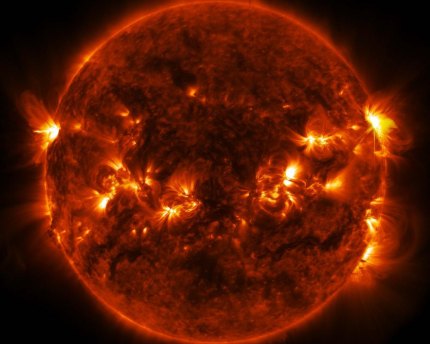Five questions: the solar eclipse

What is an eclipse? Webster’s Dictionary defines an eclipse as “the total or partial obscuring of one celestial body by another.” This happens when one body transits another. In this case, the moon moves between the sun and the Earth.
Who can see it? The path for the total eclipse extends from central Oregon to South Carolina. The total eclipse will be visible within the band of totality -- defined by NASA as “the path, up to about 270 kilometers or 168 miles wide, that the moon’s shadow traces on Earth during a total solar eclipse."
Anyone outside the direct path will still see a partial solar eclipse. A partial solar eclipse also will be visible in parts of South America, Africa and Europe, according to NASA.
How many years has it been since a solar eclipse swept the width of the U.S.? This last happened in 1918.
When does it start? It begins at Lincoln Beach, Oregon, at 9:05 a.m. Pacific Standard Time, according to NASA. (That’s about 12:05 p.m. on the East Coast.) In the hour and a half that follows, the eclipse will cross through Oregon, Idaho, Wyoming, Montana, Nebraska, Iowa, Kansas, Missouri, Illinois, Kentucky, Tennessee, Georgia, North Carolina and South Carolina. The eclipse will end near Charleston, South Carolina, at 2:48 p.m., Eastern Standard Time.
Are the nerdy glasses necessary? In a word, yes. The total eclipse lasts only two minutes and is safe to watch, according to the Centers for Disease Control and Prevention. The partial eclipse, which will happen before and after, can permanently damage vision.
Related:
NASA's asteroid plans: A primer
Follow StudyHall.Rocks on Twitter.
If you would like to comment, give us a shout, or like us on Facebook and tell us what you think.

